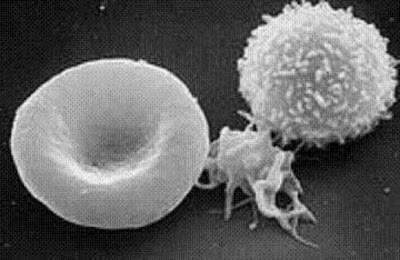Kidney disease and its treatment
Kidney failure is a condition resulting from a variety of disease. It can strike anyone at any age. There is no cure. Left untreated it will inevitably lead to death within days or weeks. Once dignosed, an individual must be on some form of replacement therapy for the rest of his life.This can take several forms:
Hemodialysis
- A process whereby the blood is slowly withdrawn from the body and passed through an artificial machine. patients on hemodialysis require treatments three times per week with each run lasting from three to five hours. These treatments are done primarily in hospitals or sattelite units, often requiring the patients to travel considerable distances. A small number of patients do their own dialysis at home with the aid of a family caregiver.
Peritoneal Dialysis
- A cyclical form of dialysis is performed using the patient's own peritoneal cavity filed with the special dialysis fluid that draws out excess water and wastes. The fluid is then drained from the body and the process begins again. The most common form of this treatment requires the patient to exchangethe fluid four or five times per day. This is usually performed at home.
- a kidney transplant is considered to be the optimal treatment for kidney failure patients. It offers the best chance of returning to a normal life and is the most cost-effective treatment for kidney failure. Kidneys for transplantation usually come from cadaveric donors. The use of living -related and living-unrelated donors is increasing.














